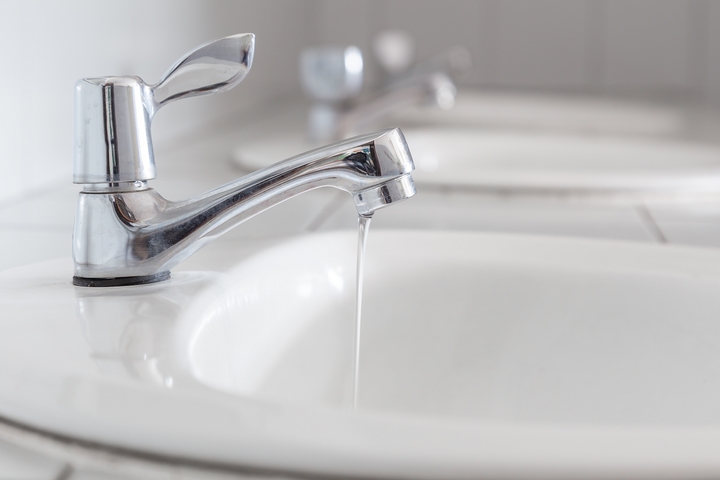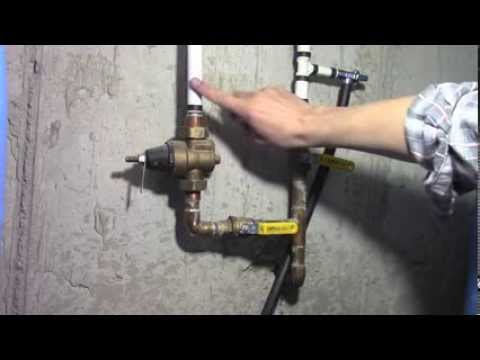Your Thorough Advice to Dealing with Low Water Pressure in Your Home
Your Thorough Advice to Dealing with Low Water Pressure in Your Home
Blog Article
The article author is making several great observations relating to Dealing with Low Water Pressure in Your Home as a whole in this article just below.

Low water pressure in your home can be an irritating trouble, impacting everything from bathing to cleaning recipes. If you're experiencing weak water circulation, there are numerous feasible reasons and remedies to discover. In this overview, we'll discuss common factors for low water stress and practical actions to deal with the issue successfully.
Intro to Low Water Stress
Low water pressure takes place when the flow of water from your faucets, showers, and various other fixtures is weak than typical. This can make everyday tasks a lot more challenging and much less effective. Comprehending the causes of low tide pressure is essential to locating the appropriate remedy.
Common Root Causes Of Low Water Pressure
Faulty Stress Regulatory Authorities
Pressure regulators are responsible for preserving constant water stress in your home. If they malfunction, it can lead to low tide pressure or uneven flow throughout your house.
Metropolitan Water Supply Issues
Sometimes, the trouble lies outside your home. Metropolitan water system problems, such as main line leakages or upkeep job, can briefly reduce water pressure in your location.
Pipe Obstructions
In time, pipelines can become blocked with mineral deposits, sediment, or particles, limiting the flow of water. This is an usual issue in older homes with galvanized steel pipes.
Corrosion
Corrosion within pipes can lead to leaks and lowered water stress. Corrosion buildup can tighten water circulation, especially in aging plumbing systems.
How to Identify Low Water Pressure
Evaluating Pipelines
Inspect visible pipes for indicators of leakages, corrosion, or clogs. Take notice of any kind of uncommon noises, such as knocking or rattling pipelines, which might suggest concerns within the plumbing system.
Consulting with a Plumber
If you're unable to pinpoint the cause of low tide stress, take into consideration hiring an expert plumber to conduct an extensive evaluation. They can recognize underlying issues and suggest suitable options.
Inspecting Faucets and Fixtures
Beginning by testing the water stress at different faucets and fixtures throughout your home. If the problem is isolated to certain areas, it may show local issues.
DIY Solutions to Fix Low Tide Pressure
Flushing Hot Water Heater
Sediment buildup in the hot water heater can limit flow and decrease effectiveness. Purging the tank occasionally aids eliminate sediment and preserve ideal efficiency.
Inspecting Pressure Regulatory Authority
Make certain that the pressure regulator is operating appropriately. Readjusting or replacing the regulator can help bring back correct water pressure throughout your home.
Cleaning Aerators and Showerheads
Natural resources can accumulate in aerators and showerheads, minimizing water flow. Remove and clean these elements regularly to enhance water stress.
Cleaning Clogs in Pipeline
For minor clogs, attempt utilizing a plumbing snake or chemical drainpipe cleaner to clear blockages in pipes. Beware when utilizing chemicals and comply with safety guidelines.
When to Call a Specialist Plumber
If do it yourself efforts stop working to settle the issue or if you believe significant plumbing problems, it's finest to look for assistance from a qualified plumber. They have the knowledge and tools to deal with complicated concerns safely and efficiently.
Preventive Measures to Maintain Water Stress
Mounting a Pressure Booster
Consider mounting a pressure booster pump to improve water pressure in locations with consistently low circulation. This can be specifically helpful for multi-story homes or residential or commercial properties with high-demand components.
Monitoring Water Usage
Bear in mind water use routines and avoid overtaxing the plumbing system. Simple changes, such as astonishing showers and laundry loads, can assist keep ample water stress.
Regular Upkeep
Arrange regular maintenance for your plumbing system to stop issues such as rust, leakages, and obstructions. Dealing with small issues early can help stay clear of even more substantial fixings in the future.
Final thought
Managing low water pressure can be frustrating, but identifying the underlying reasons and applying proper remedies can bring back ideal flow throughout your home. Whether it's cleansing aerators, inspecting pipelines, or consulting with a plumber, taking proactive actions can make certain a consistent supply of water for your day-to-day requirements.
FOUR WAYS TO FIX LOW WATER PRESSURE NOW
Turning on a shower or faucet only to find the water comes out in a sad, slow drizzle is never a good feeling. How exactly are you supposed to wash a pan or take a quick shower when it takes 10 minutes just to rinse off a little soap? The good news is that when your water pressure is bad, there's always a cause: typically one that can be easily fixed. Here are some of the most common causes of low pressure and what you can do to fix the issue:
DEBRIS AND MINERAL DEPOSIT BUILDUPS
If you notice low water pressure from just one or two of the fixtures in your house, the problem likely has to do with debris buildup. Water is full of minerals and other debris, all of which can accumulate in your pipes and on your fixtures. This can cause a blockage that affects how much water flows through. To fix this, try filling a small plastic bag with white vinegar, and use a rubber band to hang it around your showerhead or faucet. Let the head of the fixture soak for a few hours, and the vinegar should loosen the deposits.
WATER LEAKS
Leaks are another common cause of low water pressure. If water is flowing out of your plumbing through a hole or crack before it can reach your fixture, the pressure coming out of the faucet or showerhead will be lower. A plumbing professional is your best bet for finding and repairing a leak in your water supply pipes.
Leaks are another common cause of low water pressure. If water is flowing out of your plumbing through a hole or crack before it can reach your fixture, the pressure coming out of the faucet or showerhead will be lower. A plumbing professional is your best bet for finding and repairing a leak in your water supply pipes.
A VALVE ISSUE
If you have low water pressure throughout your home, check your main shut-off valve to make sure it's completely open. You may also want to see if there's a pressure-reducing valve installed. If there is, have a plumber help you adjust the settings to get the pressure you're looking for.
OTHERS USING WATER
Believe it or not, your low water pressure could be caused by your neighbors. If you notice low pressure at certain times of day, it may be because you and the people living next to you have similar schedules - when everyone is showering at the same time, the pressure will be lower in every home. Low pressure throughout the neighborhood may also be caused by an issue with your municipal water supply. If that's the case, call the supplier to see if they're working on the issue.
https://www.rotorooter.com/blog/water-leaking/low-water-pressure-fixes/

I came across that post on 4 Ways to Troubleshoot Low Water Pressure when looking around the search engines. Enjoyed our post? Please quickly share it. Let others check it out. Thanks a lot for your time spent reading it.
Details Here Report this page